As a part of her PhD work at UMass Boston, Teá Kesting-Handly has undertaken a 5-year study of hawk moths in 14 Massachusetts state parks, forests, and conservation lands including the Blue Hills. She is documenting how their populations and distribution are different in rural and urban settings. The Blue Hills constitutes a large expanse of open space, yet is also located close to urban and suburban centers. Teá’s research in the Blue Hills and throughout Massachusetts will explore the impact of development on ecosystems, exemplified by the humble moth.
Watch the video below to learn about Teá’s research and the ecology and life history of Sphingidae in Massachusetts, as well as preliminary findings from her work.

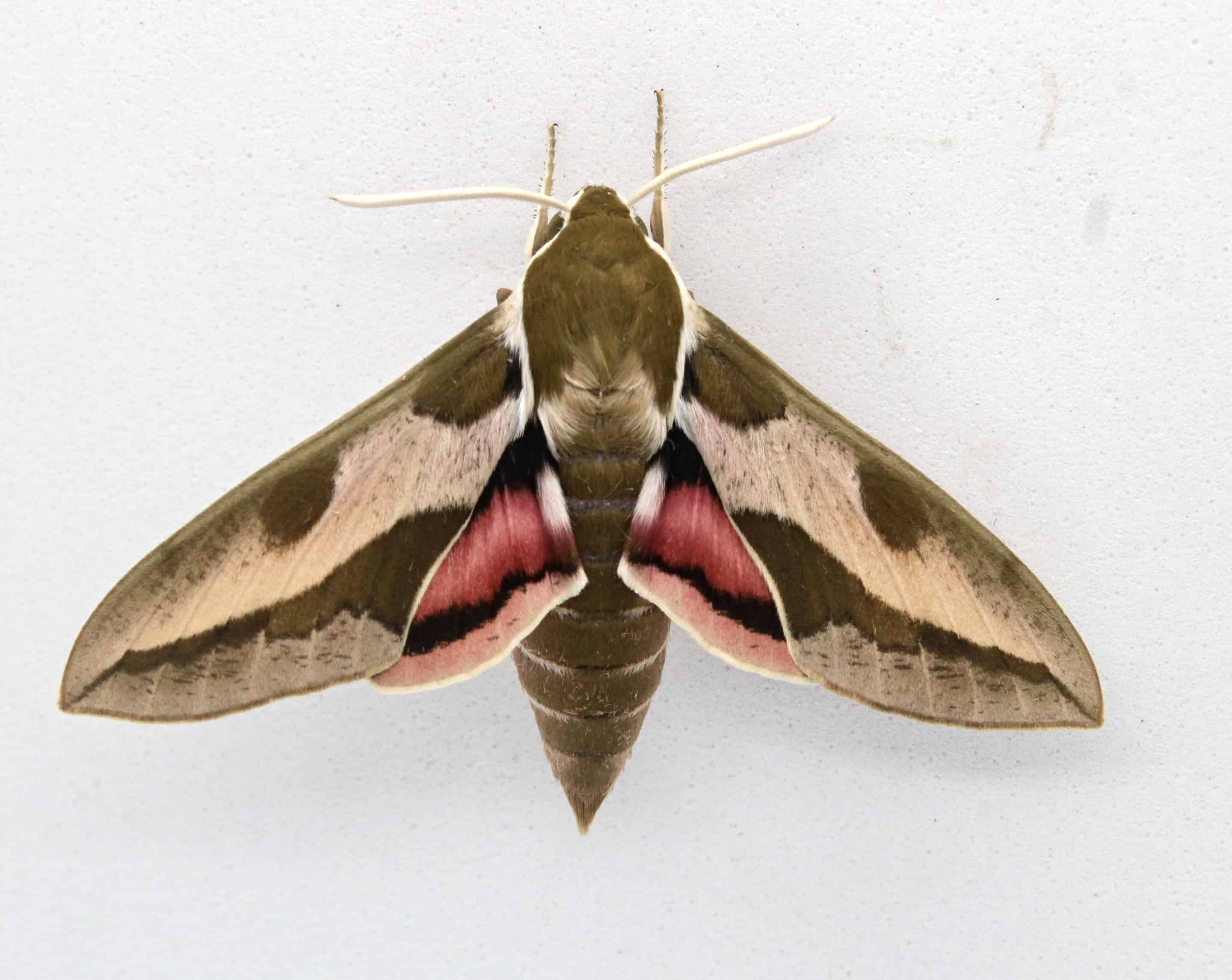
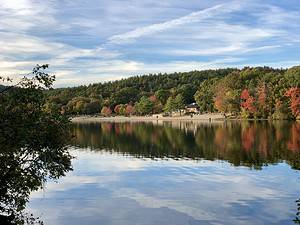



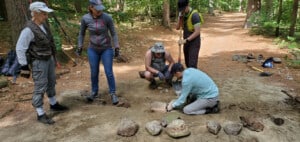

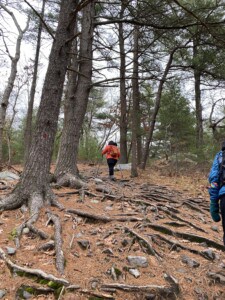

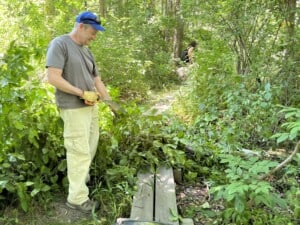
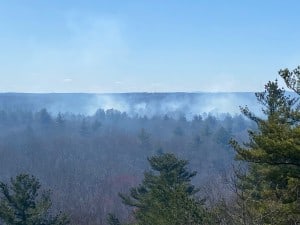

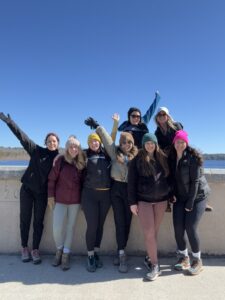


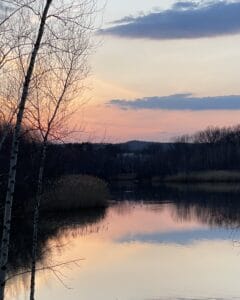
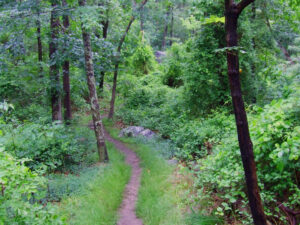
My question is about the Gypsy Moth. Have you researched this moth? Is the Gypsy Moth invasive and should we be concerned about it or not?
Great question, Brian! We’ll forward your question to Tea and we’ll let you know her response.
Brian, Here’s the response from Tea. Thanks for asking!
Lymantria dispar no longer has the common name of “Gypsy Moth”. This name was retired in 2021 due to it’s racist connotations. Instead, the new common name is Spongy Moth, but Lymantria dispar is just as good. I do not focus on this moth specifically, they are indeed invasive in the Northeastern USA, and are terrible forest pests that can damage acres of forest each year. They are present in the blue hills. They are a moth that is of concern, as they are really detrimental to ecosystem health. That being said, there are several controls already in place such as an entomopathic fungus and virus that target this species.